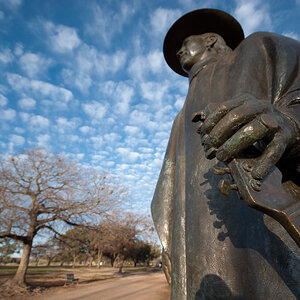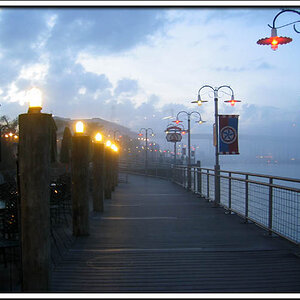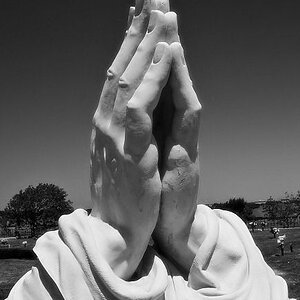Soocom1
Been spending a lot of time on here!
- Joined
- Feb 27, 2006
- Messages
- 3,253
- Reaction score
- 1,489
- Can others edit my Photos
- Photos NOT OK to edit
Because the 135 is an old press lens. The focal distance is shorter.Great thread! I have a question, (brain is foggy this morning) why will the 135mm, not focus but a 250 or 300mm will. Assuming it has to do with the length of the bellows?
At the time it was all I could afford.














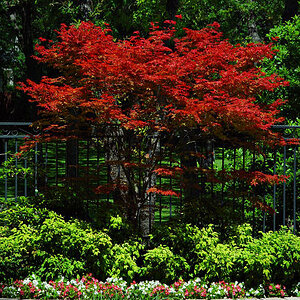
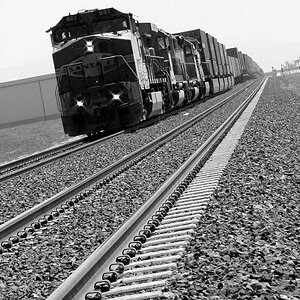
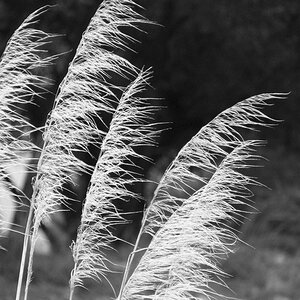


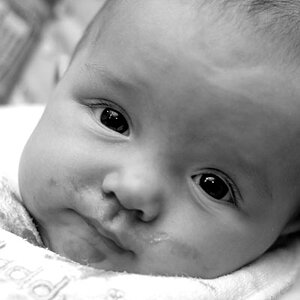
![[No title]](/data/xfmg/thumbnail/37/37604-7ad625e983f92f880eb65a264eeef5e4.jpg?1619738148)
